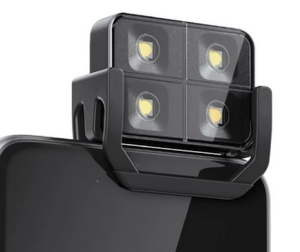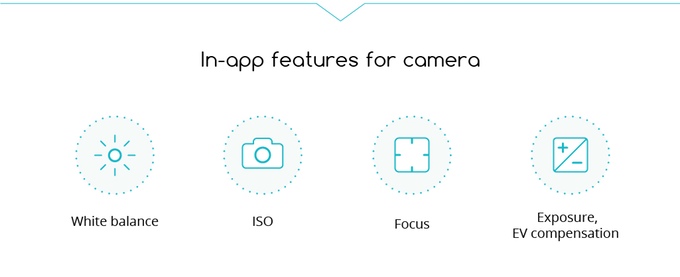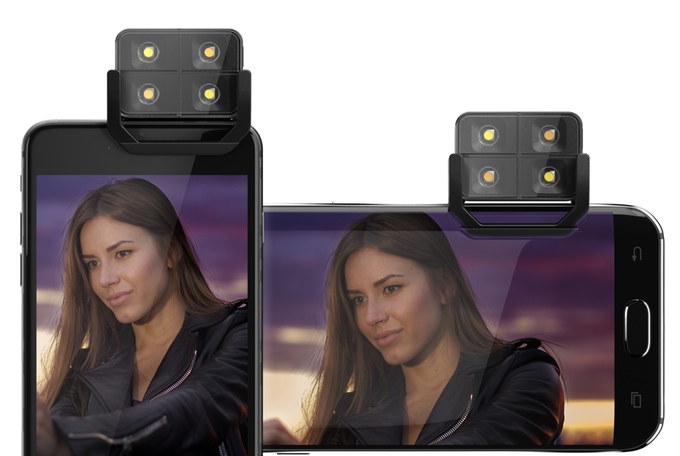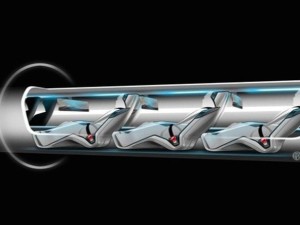 The folks at iBlazr have come out with the second iteration of their external flash for Android and iOS devices.
The folks at iBlazr have come out with the second iteration of their external flash for Android and iOS devices.
The 300 LUX flash can be placed on your device for selfies or for your back-facing camera to greatly improve the quality of your photos – especially those taken in low or artificial light.
Unlike other 3rd party flashes that require you use the device’s app in order to work, iBlazr will work with any of your photo apps.
While you have the freedom to use your other photo apps, iBlazr’s companion app, Shotlight, gives you extra control over exposure, white balance, focus and ISO.
The iBlazr 2 is a Kickstarter campaign with just 5 days to go and has raised nearly triple their funding goal. Their original iBlazr was another successful Kickstarter campaign and they’re using the crowdfunding platform to finance the production of the new and improved version of their successful light.
Check out the video before for more details on this Bluetooth enabled flash.
You can follow iBlazr on Facebook, Twitter, Pinterest, YouTube, Flickr, Instagram, VK (a European social network with 100 million users) and their website.



